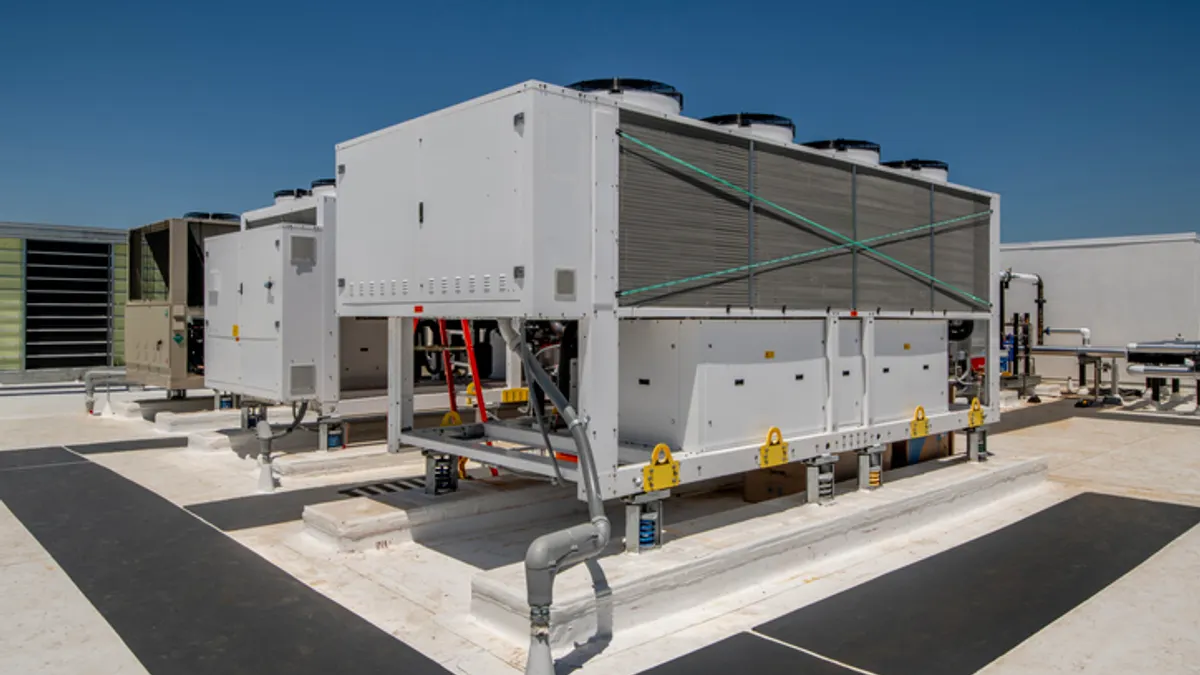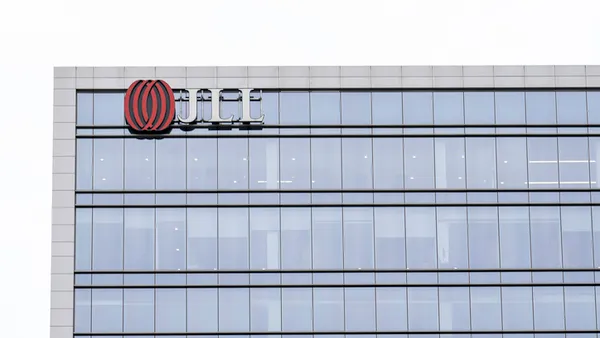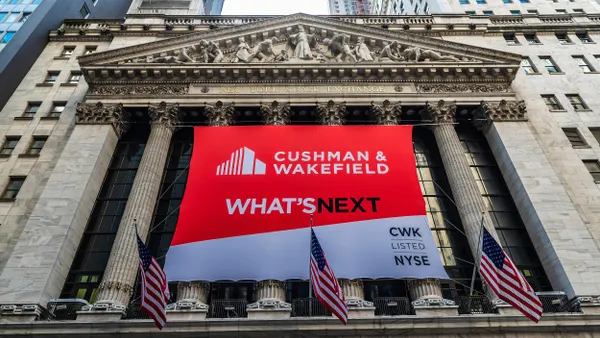JLL grew revenue 10% year over year during the second quarter, with resilient business revenues up 11% and transactional revenues up 7% during that time, according to the firm’s second quarter earnings report.
The double-digit revenue growth across resilient businesses, which include workplace, project and property management services; value and risk advisory; and software and solutions, demonstrates the “significant untapped potential for outsourcing penetration across industries over the long term,” CEO Christian Ulbrich said on the company’s Aug. 6 earnings call.
“Our investments in data technology and artificial intelligence are integral to our growth strategy, to enhancing operational efficiency and to delivering on client demand for integrated end-to-end real estate management solutions and data-driven insights,” he said.
Real estate management services revenue rose 11% year over year, led by strong performance in workplace management, which grew its revenue over 10% year over year and nearly 30% for the quarter, CFO Kelly Howe said. New client wins slightly outpaced mandate expansions, JLL said in its earnings presentation.
Property management revenue grew 4% year over year, while other portfolio services revenue fell 5%.
The firm’s project management business increased its revenue 22% since last Q2, with new and expanded contracts in the U.S. and Asia Pacific regions and mid-teens management fee increases that were supplemented by higher pass-through costs, JLL said. The acceleration in project management revenue stems from strong leasing revenue over the past several quarters, as well as “incremental investments in our platform and human capital,” CFO Kelly Howe said on an earnings call.
Leasing revenue grew 5% year over year, with growth across all major asset classes, particularly continued momentum in industrial and office. Revenue growth was most significant in the U.S., JLL said.
According to the company, U.S. office leasing revenue increased for the sixth consecutive quarter, growing nearly 3%, while market volume declined 3%.
“Looking ahead, our leasing pipeline is stable, and business confidence … has been resilient considering the macro backdrop, providing reason for cautious optimism for modest growth in the near term,” Howe said. “Client demand for high-quality and energy-efficient assets, which are becoming increasingly scarce … remains a consistent trend. Within office, tenant requirements are generally steady, with sectors such as professional services, finance and legal driving demand in many markets.”
A notable increase in deal size for U.S. offices was largely offset by lower volume as the asset class was up low-single-digits, JLL said. Large transactions are facing headwinds related to a lack of new supply hitting the market, according to Ulbrich.
“Tenants need to move from their expectations of potentially signing agreements on the best buildings,” Ulbrich said. “They have to just accept that the best buildings are more or less sold out, and they have to move a little bit down, which has the benefit on the other side that you will see a lot of upgrading of those type of A-minus buildings, and that is then strengthening our project management business again.”













